Kinder is a tightly-knit, 2,400-person community in western Louisiana. The biggest monument in the area is the Coushatta Casino Resort, where many of the local residents work. With a median household income of just over $40,000 in the Parish, and even lower in Kinder itself, 60% of the nearly 1000 students in the Allen Parish Schools are classified as low-income. Yet in this unexpected place, something remarkable is happening educationally. Using a teacher-written, knowledge-rich curriculum called the Louisiana ELA Guidebooks 2.0, students at Kinder Elementary School are becoming passionate experts and independent thinkers.
One such student is Mason LaFargue. We recently sat down with Mason, his mother Chasidy, and several of Mason’s teachers to talk about Kinder Elementary’s challenging, yet enriching environment.
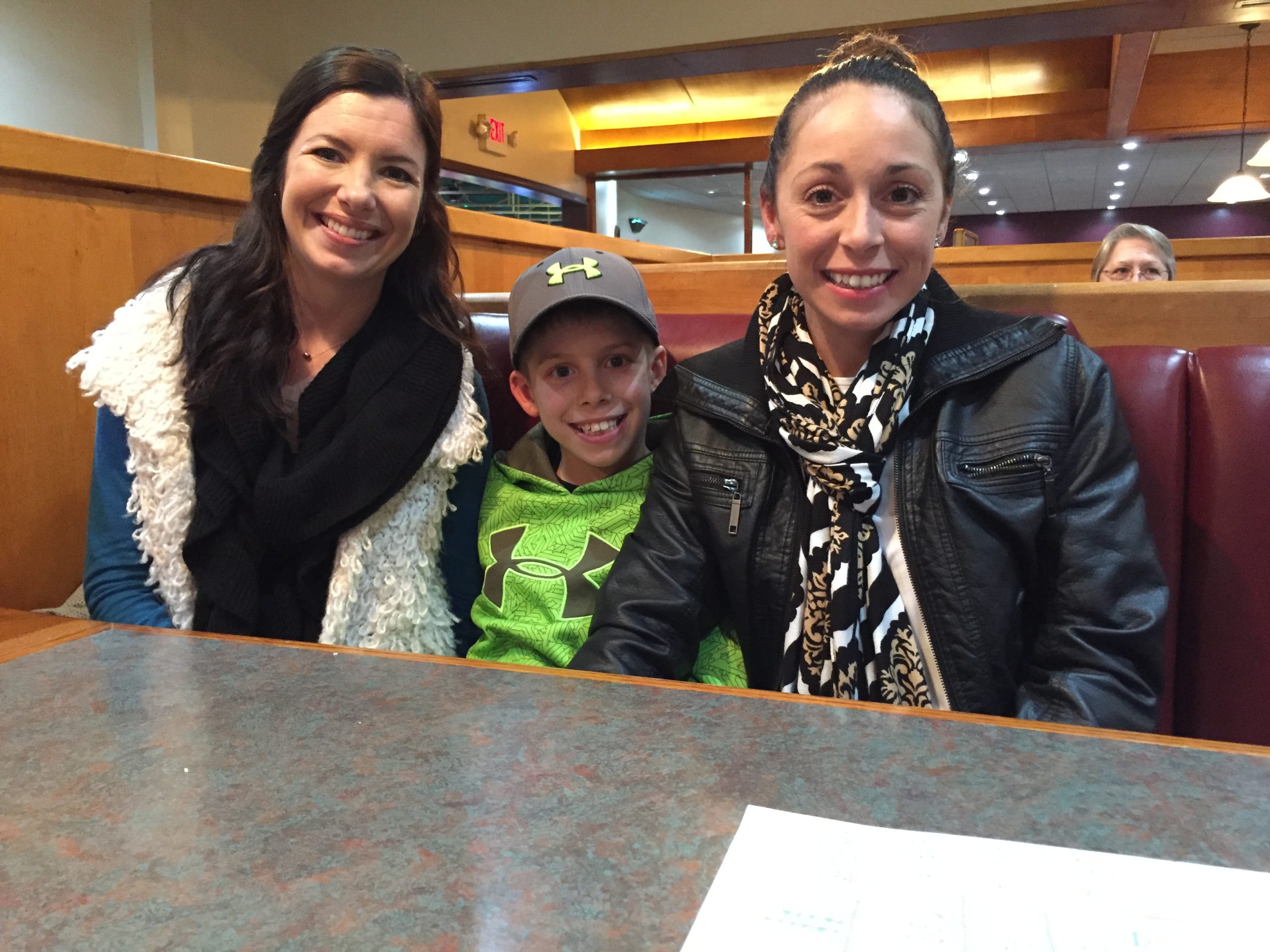
A Joyful, Knowledge-rich Curriculum
As a budding history buff, 9-year-old Mason’s favorite subject is the American Revolution. He can rattle off information about the Stamp, Sugar, and Quartering Acts, the Founding Fathers, and why he would have been a Patriot and not a Loyalist. Mason can also educate you on frog adaptations and the defining characteristics of different animal groups. He and his mother credit the breadth of his knowledge to the Louisiana Guidebooks curriculum.
According to Hannah Fontenot, one of Mason’s 4th grade teachers, Guidebooks allows students to “analyze all [the] pieces at once, rather than in isolation,” leading to better understanding and interest in a topic. In her classroom, students are found preparing for a unit on the Whipping Boy by reading informational texts about the middle ages— from dietary habits to the treatment of soldiers to the design of castles.
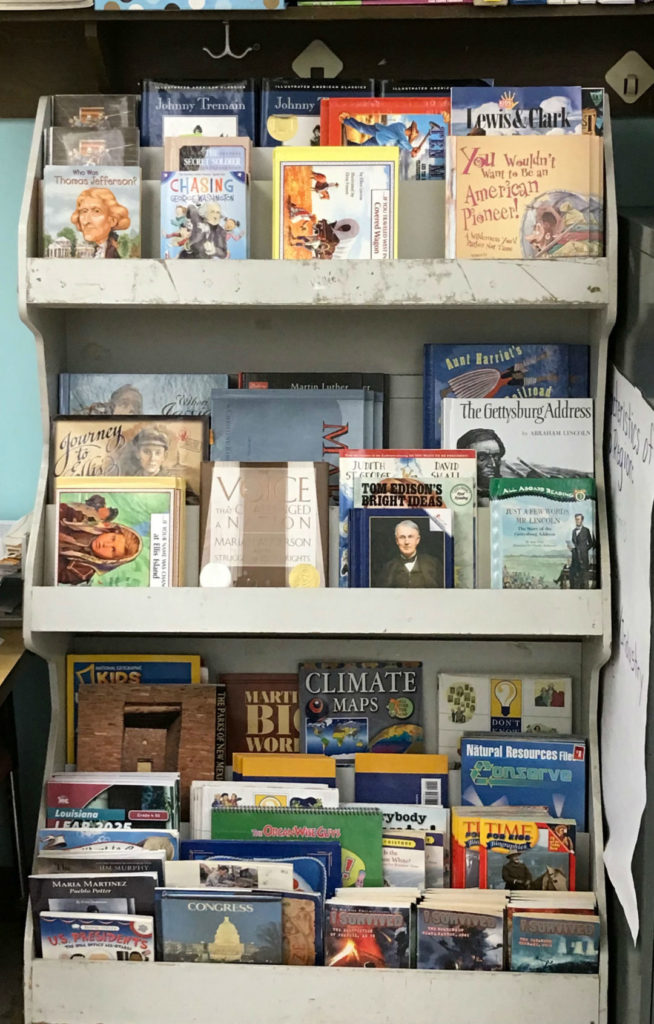
Knowledge building is baked into Guidebooks through the use of text sets; units of study are built around these collections of texts that relate to a topic. According to state Director of Academic Content, Whitney Whealdon, “The texts in a set build knowledge like painting a wall—as students read each text, their understanding of the unit topic or idea becomes more layered, vivid, and complete.”
This approach makes students like Mason able to discuss the events that led up to the Declaration of Independence, rather than just state what it is. With Guidebooks serving as a catalyst, students in Fontenot’s 4th grade classroom are “really taking control of the lesson.” Now she facilitates student discussion, whereas before she had to constantly move things forward and re-engage students as they went through the material.
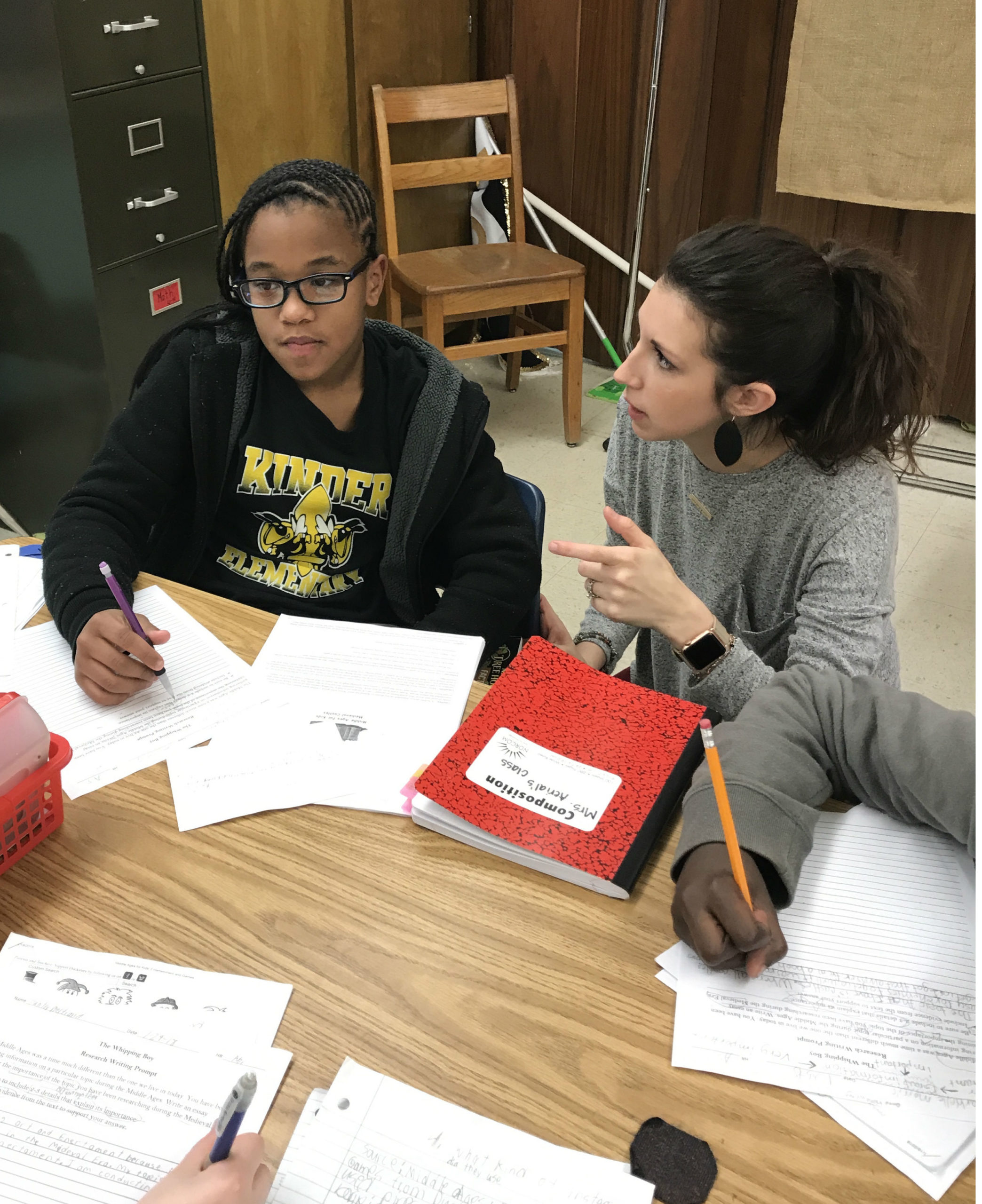
Kinder 1st grade teacher Carley Chaumont loves “the complexity of the texts,” which allows her to delve into “deep questions with [her] kids” that foster engaging discussions even among 6-year olds. The curriculum doesn’t just work for more affluent students either. According to Miss Carley (as the kids call her), “The texts in Guidebooks are so engaging to students, I don’t see a difference in our students based on background.”
Intentional Design
The mixture of joy and rigor in the Louisiana ELA Guidebooks 2.0 is the product of an intentional collaboration between Louisiana’s teachers and leaders at the State Department of Education. After the adoption of the new college-and-career-ready Louisiana Student Standards, the state conducted a review of existing textbooks and curricula and found that most of the commercial options were not preparing students for the rigor of the standards. This wasn’t news to teachers. According to Chaumont, the old basal “wasn’t … rich in vocabulary and it wasn’t rich in non-fiction and it was just all very plain.”
Faced with a lack of high-quality “Tier 1” curricula, state leaders convened teachers to write one. According to Louisiana Assistant Superintendent of Academics, Rebecca Kockler, “We wanted a program to support teachers to help every student in our state read interesting and complex books daily and write and speak about those books in meaningful ways.”
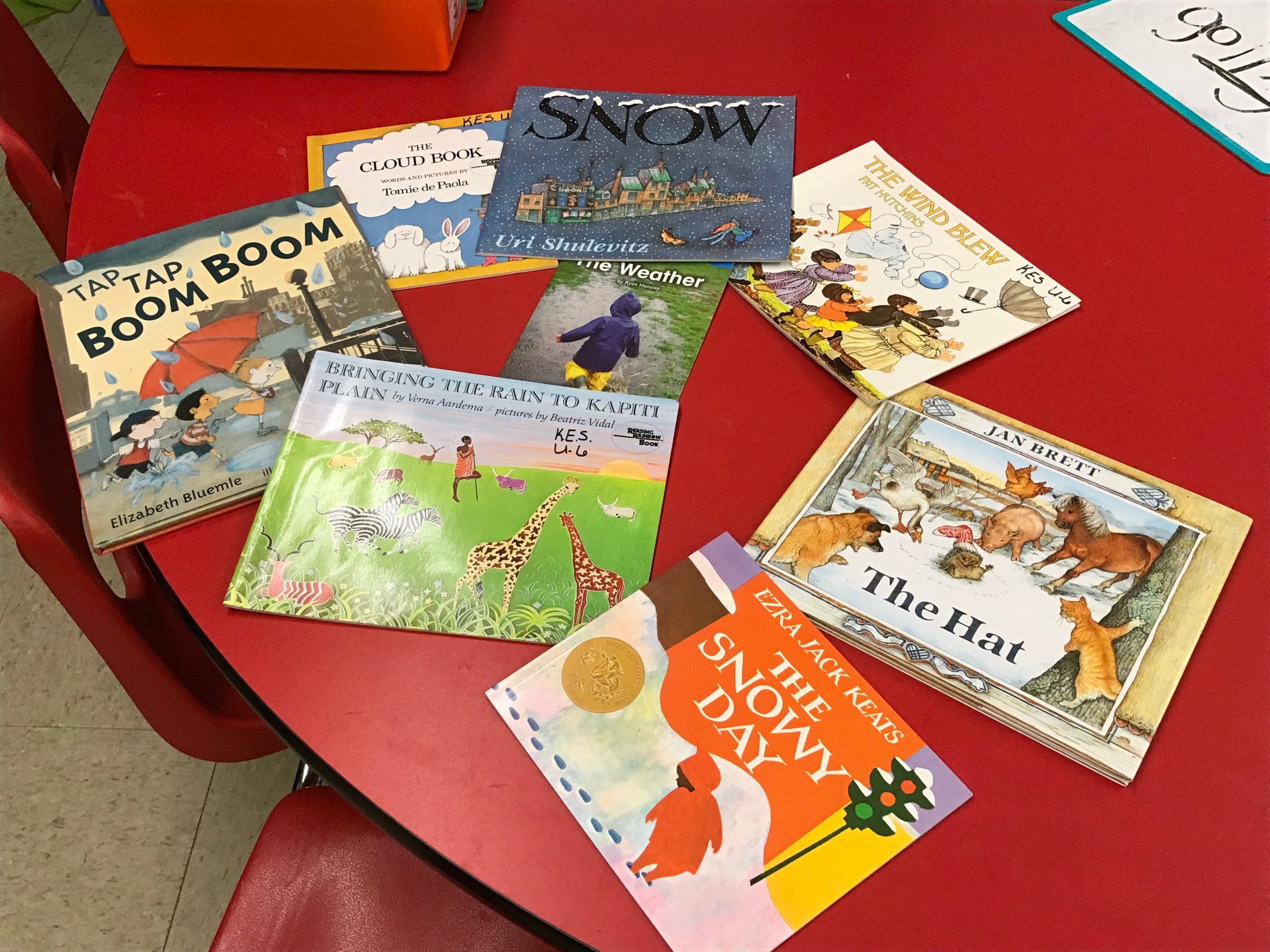
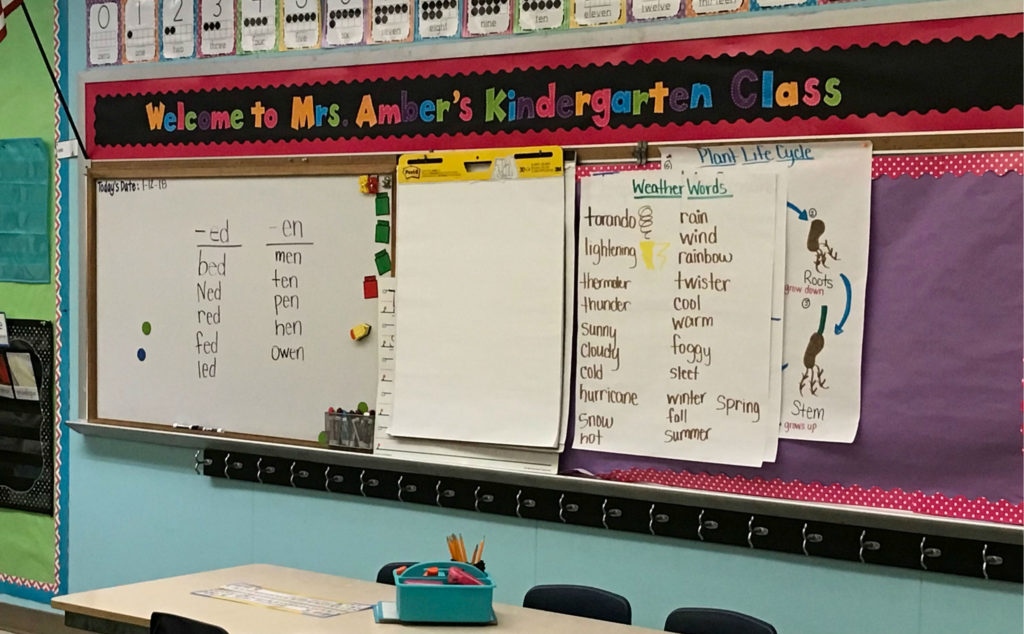
Kockler and her team drew on the states’ strong teacher-leader network and involved them in the creation of Guidebooks from day one. Teachers helped to select the texts, write lessons, try the lessons out in their classrooms, and provided feedback on what worked and what didn’t.
Teachers as Learners
The Guidebooks 2.0 curriculum is not an easy one. In order to support families and students, teachers have to become learners too. Teachers at Kinder engage in one hour per day of “teaming” (collaborative planning). “If we didn’t have a culture of collaboration in place before Guidebooks, we would have drowned,” says Kinder Assistant Principal, Jennifer Doucet. Teachers like Hannah and Carley “get together and talk about what we think may be best for our kids.” Even administrators have their own monthly collaborative planning group.
The collaborative planning time at Kinder focuses on content and the curriculum. Stephanie Perry, Supervisor of Curriculum and Instruction for the district, believes, “if you expect [teachers] to implement a curriculum, they need PD [professional development] specific to the curriculum.”
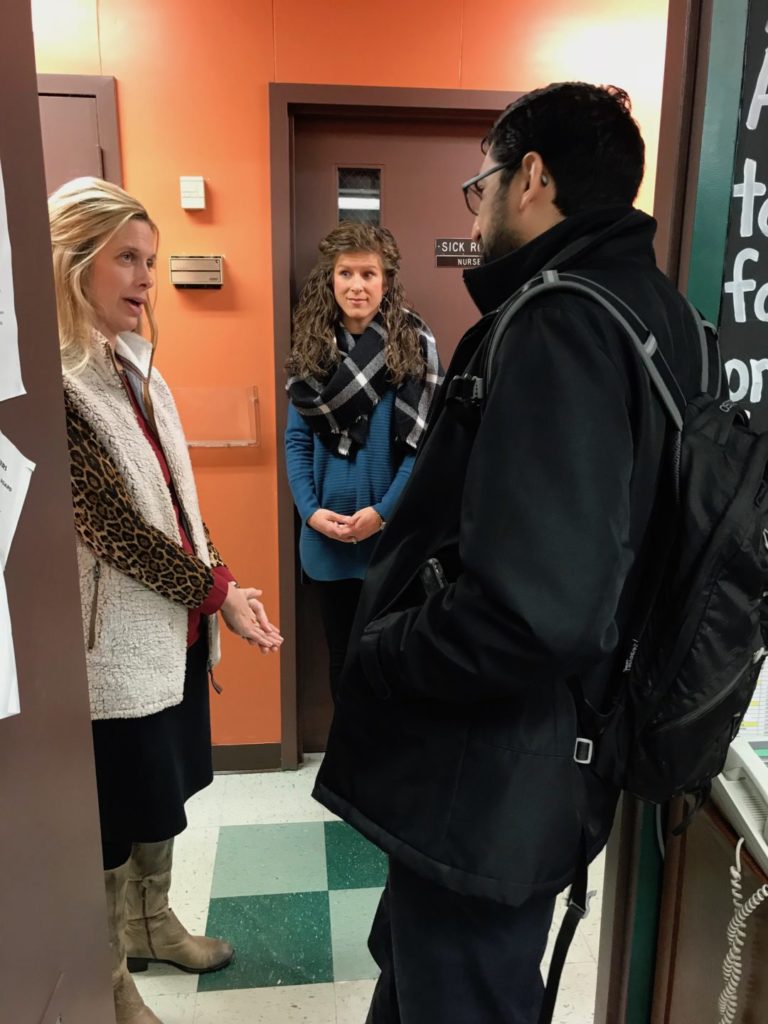
The need for support registered with state leaders; according to Kockler, “We heard from local school systems that they wanted more experts locally to support their teachers daily in schools. Even more, we heard from some of our most expert teachers that they wanted more in-depth training [on the Guidebooks].” To meet this need, the state partnered with several organizations including SchoolKit, Teaching Lab*, and the Dana Center, to create a statewide “Content Leaders” training for teachers to better learn the curriculum. Teachers, including Kinder’s Hannah Fontenot, are participating in this statewide fellowship program, then sharing what they learn with peers back in their local communities.
Growing as Learners and as a Community
The collective effort of the teachers extends outside of the classroom to impact Mason and his family. Mason’s mother, Chasidy, talks about how much more rigorous the curriculum is than the one she grew up with. She can recall numerous times when she and Mason’s father had to reach out to his teachers for additional help so that they could support Mason. “We go to the teachers probably more than the kids do”, she told us. Chasidy takes a learning stance when it comes to Mason’s challenging assignments saying, “I don’t understand it, but I will.”
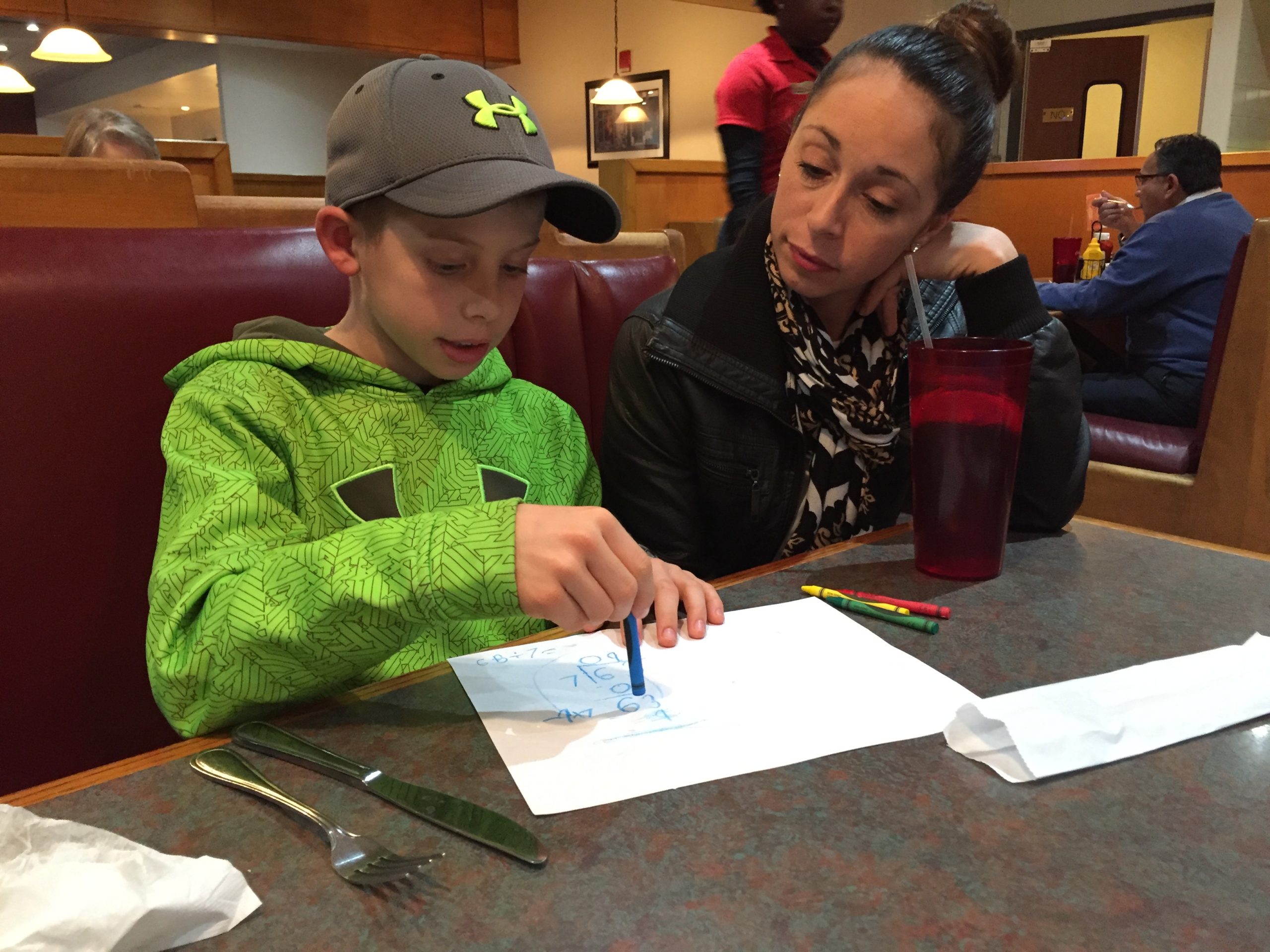
The growth mindset modeled by teachers and parents shows the students at Kinder Elementary, that “the harder they work, the better they’ll be.” As a result, students pursue learning even when the school day ends. Mason watches educational videos provided by his teachers online and creates time in his home schedule to read about the things he started learning about in class.
A “Regular” School
Mason believes that Kinder Elementary is “pretty much, just like a regular school; it’s fun and you learn a lot.” But Kinder has proven to be anything but ordinary. It leverages complexity and knowledge to foster growth and learning in students who may not have always been as interested as they are now. In this small community in western Louisiana teachers, parents, and students are using the Guidebooks to change what it means to be a “regular school.”
*Full disclosure: The author is Teaching Lab’s Executive Director, and a partner in the Content Leader project
The Author
Silas Kulkarni is executive director of the nonprofit Teaching Lab, leading powerful, curriculum-specific professional learning in school districts around the country by applying lessons learned as a record-busting middle school teacher in Washington, D.C., and New York City.